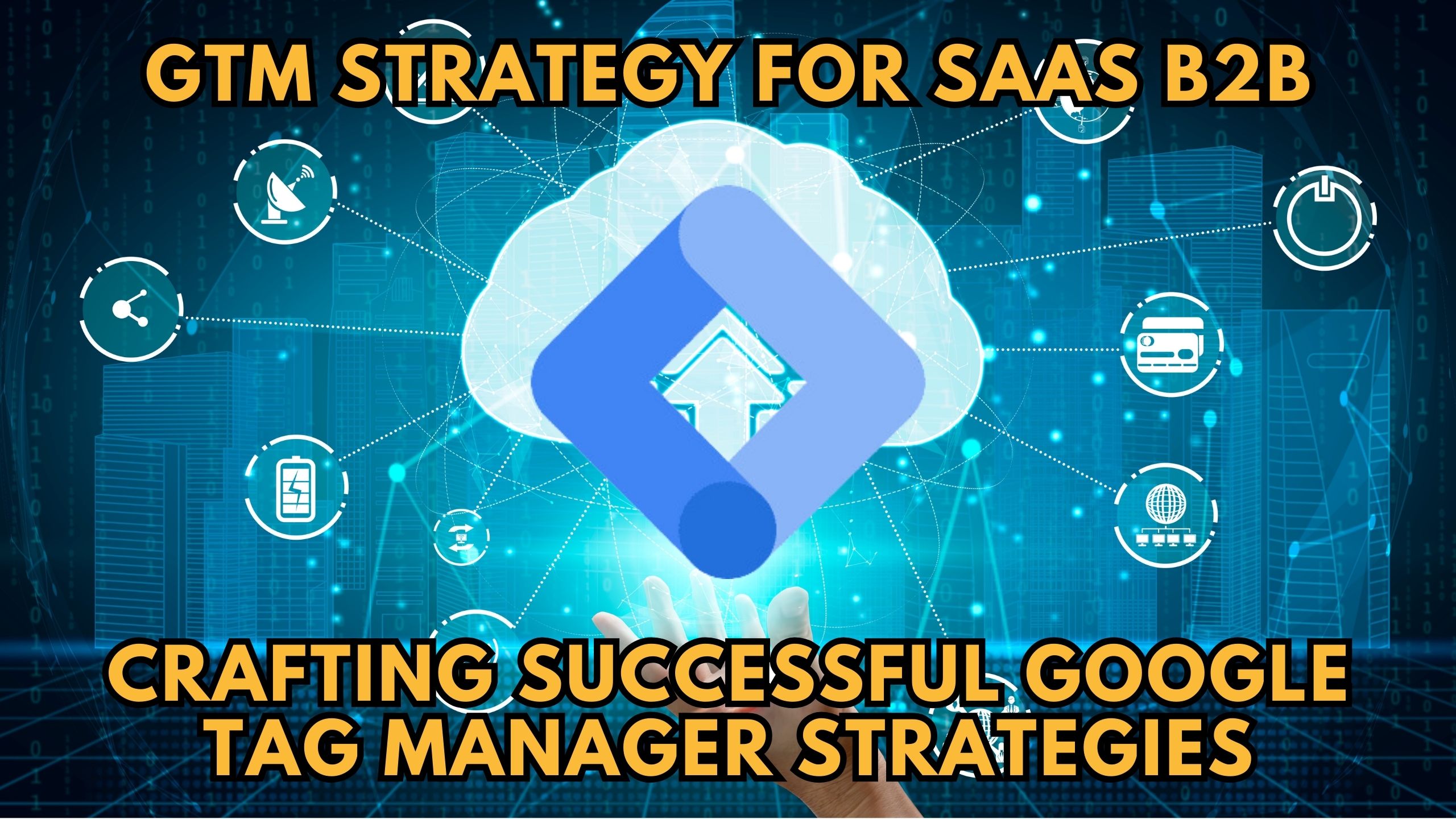GTM Strategy for SaaS B2B: Crafting Successful Google Tag Manager Strategies
- WebOps Platforms Bug Tracking & Feedback Software Web Development & Design


GTM Strategy for SaaS B2B: Crafting Successful Google Tag Manager Strategies
In the dynamic realm of SaaS B2B, an effective GTM (Google Tag Manager) strategy is paramount for tracking, analyzing, and optimizing user interactions on your website. This blog unveils the intricacies of creating successful GTM strategies tailored for SaaS B2B, providing a roadmap for maximizing insights and elevating your online presence.
Understanding GTM in the SaaS B2B Context
Google Tag Manager is a versatile tool, especially crucial for SaaS B2B entities aiming to gather nuanced data and refine their marketing and product strategies. Here’s a breakdown of key aspects in formulating a robust GTM strategy.
1. User Behavior Tracking with Hotjar
Hotjar is indispensable for SaaS B2B businesses seeking comprehensive insights into user behavior. Implementing Hotjar through GTM allows for heatmapping, session recordings, and user surveys, providing a holistic understanding of how users engage with your platform. This data is instrumental in refining user experience and optimizing your platform for conversions.
2. Conversion Tracking with Google Analytics
Google Analytics, a foundational element in any GTM strategy, provides in-depth insights into website traffic and user interactions. For SaaS B2B, tracking conversions is vital. Google Analytics, when seamlessly integrated through GTM, ensures precise conversion tracking, aiding in the evaluation of marketing and sales efforts.
3. Enhanced E-commerce Tracking via GTM with Shopify
For SaaS B2B platforms utilizing Shopify, integrating enhanced e-commerce tracking through GTM is a game-changer. It allows businesses to track the entire customer journey – from product views to successful transactions. This level of granularity is pivotal for refining product offerings and optimizing the sales funnel.
4. Event Tracking for User Engagement with Mixpanel
Mixpanel is a powerful tool for event tracking, offering nuanced insights into user engagement. By leveraging GTM to integrate Mixpanel, SaaS B2B entities can track specific user interactions, such as feature usage and onboarding milestones. This data aids in refining product development and enhancing user engagement strategies.
5. Custom Tag Implementations with Segment
Segment excels in simplifying the process of data collection and distribution. By utilizing GTM to implement custom tags through Segment, SaaS B2B businesses can ensure that data is seamlessly sent to multiple analytics and marketing tools. This not only streamlines data management but also enhances the accuracy of insights gathered.
Conclusion: Elevating Insights, Enhancing Performance
In conclusion, a well-crafted GTM strategy is a catalyst for SaaS B2B success. From understanding user behavior to tracking conversions, implementing e-commerce tracking, and leveraging event data, GTM, in conjunction with tools like Hotjar, Google Analytics, Shopify, Mixpanel, and Segment, empowers businesses to gather actionable insights. Elevate your online performance and refine your strategies by embracing the full potential of GTM.
Unlock the Power of GTM with Subscribed.fyi
Empower your SaaS B2B endeavors with Subscribed.fyi, the all-in-one solution for understanding, comparing, and managing your SaaS stack. Sign up today to unlock exclusive deals, streamline subscription management, and gain insights that propel your GTM strategy to new heights.
Relevant Links:











